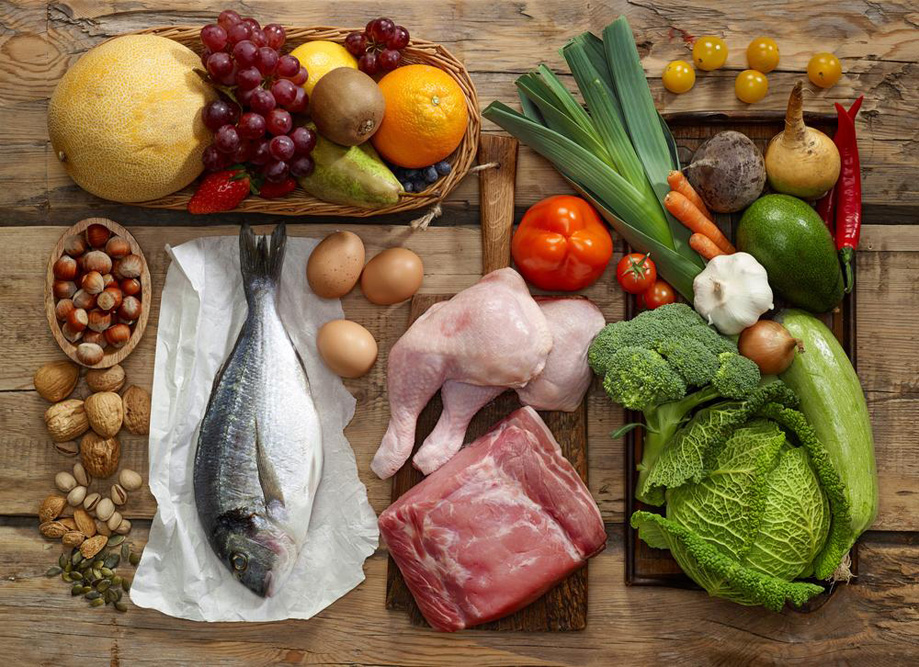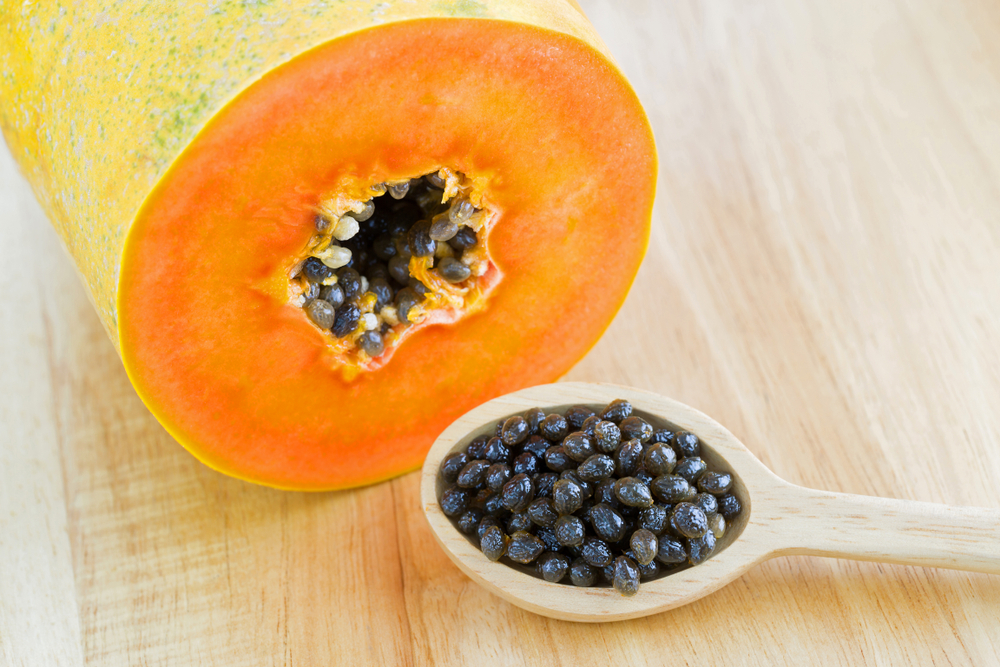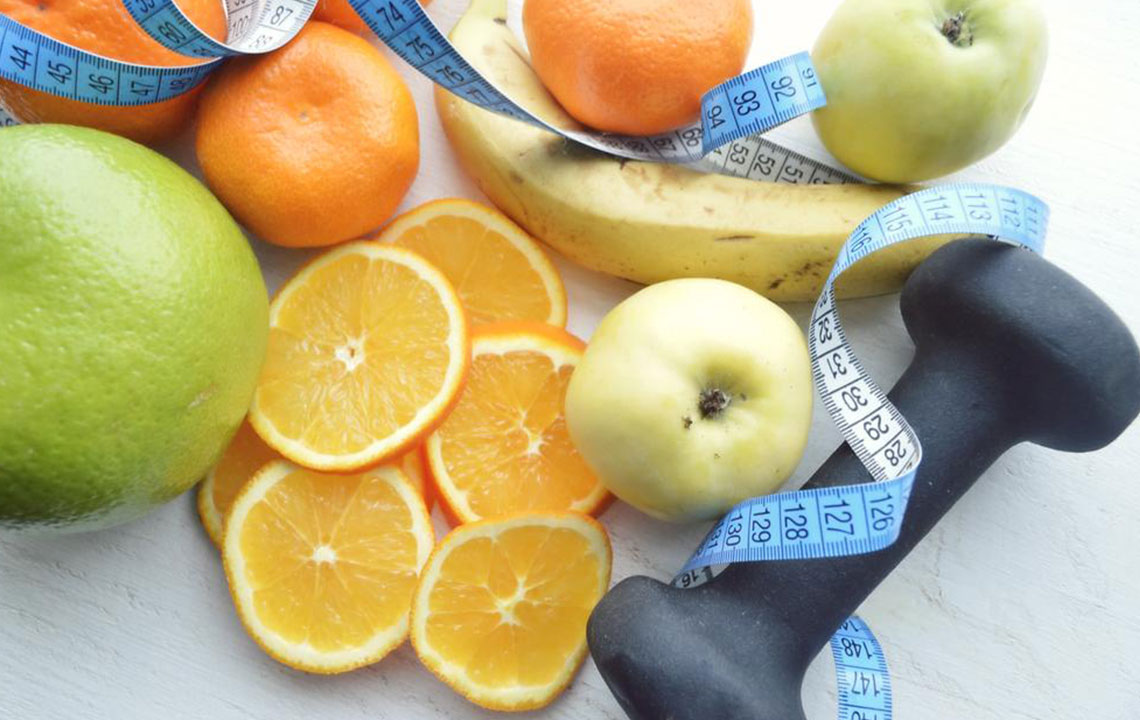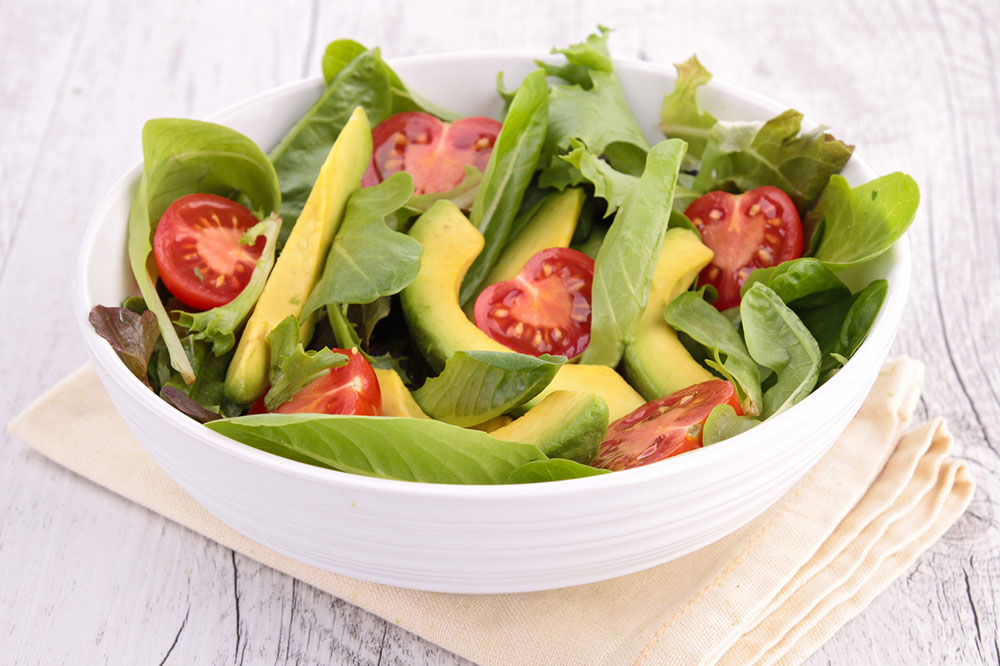Ultimate Guide to the Paleo Diet and Meal Strategy
The paleo diet mimics ancient hunter-gatherer eating habits, emphasizing whole, unprocessed foods while avoiding grains, dairy, and processed products. This lifestyle promotes health benefits like weight management and improved metabolic markers but requires careful planning to ensure nutritional balance. Understanding what to eat and avoid helps individuals decide if paleo aligns with their health goals, all while considering potential risks associated with its restrictive nature.
Sponsored
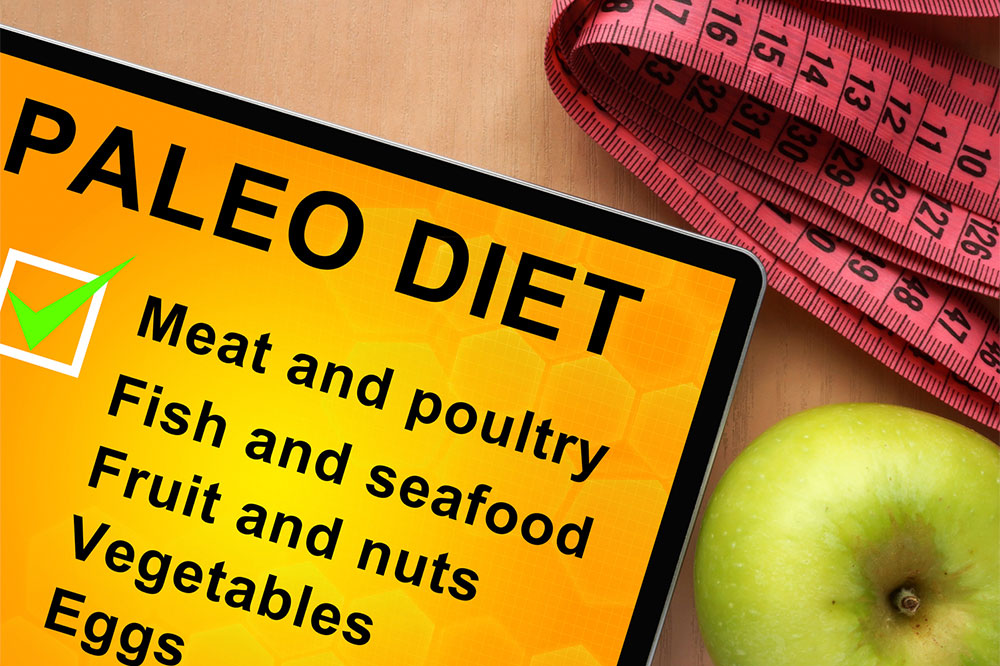
Understanding the Paleo Diet and Its Meal Approach
Every week, health-conscious individuals explore various eating plans, some effective and others potentially harmful. Among the longstanding diets is the paleo approach, which many adopt for its perceived health benefits. If you're considering trying paleo, it's essential to grasp its core principles to decide if it aligns with your lifestyle.
What is the Paleo Diet?
The paleo diet mimics the eating habits of ancient hunter-gatherer societies. Advocates believe that our bodies are better suited for the foods consumed before farming introduced grains, dairy, and legumes.
Proponents argue that early humans thrived on unprocessed, whole foods, and the shift to agriculture, which introduced new food groups, may be linked to modern health issues like diabetes and heart disease. While exact historical diets vary globally, research suggests they mainly comprised fresh, natural ingredients.
Foods to Include
Paleo followers typically consume a variety of nutrient-dense foods available during the Paleolithic era:
Vegetables such as spinach, kale, broccoli, carrots, cucumbers, beets, and asparagus
Fruits including apples, bananas, berries, oranges, pomegranates, and avocados
Nuts and seeds like walnuts, almonds, pistachios, chia, flax, and pumpkin seeds
Animal proteins such as beef, pork, lamb, bison, and venison
Poultry including chicken, turkey, duck, and quails
Eggs from various birds
Seafood like salmon, tuna, mackerel, shellfish, and shrimp
Herbs and spices such as basil, ginger, turmeric, salt, thyme, and pepper
Healthy oils including olive, flaxseed, and walnut oils
Dark chocolate (70% cocoa or higher)
Foods to Avoid
Foods not available during the Paleolithic era or heavily processed products are restricted, including:
Sugary treats and drinks like candies, pastries, ice cream, and sodas
Grains such as wheat, rice, oats, barley, and rye
Dairy products including milk, cheese, yogurt, and butter
Legumes like beans, lentils, peas, peanuts, and soy
Fried and fatty processed foods like fries, fried chicken, margarine, and donuts
Processed meats such as bacon, deli meats, and hot dogs
Artificial sweeteners like aspartame and sucralose
A Typical Day on a Paleo Meal Plan
For those new to paleo, a sample day might look like this: Breakfast features eggs cooked in coconut oil, turkey bacon, berries, and coffee. Lunch could be basil avocado chicken salad, with snacks like oranges or veggie sticks. Dinner might include steak, roasted sweet potatoes with olive oil, and asparagus. Hydration and physical activity are emphasized.
Advantages of the Paleo Diet
Research suggests paleo can support weight management, enhance insulin response, promote cardiovascular health, and lower triglycerides. Its focus on natural foods reduces intake of unhealthy fats linked to chronic diseases and boosts fiber consumption, benefiting digestion and lowering inflammation.
Potential Risks and Considerations
While generally healthy, paleo may not suit everyone. Its low-carb nature might cause fatigue, and the elimination of dairy can affect bone health due to reduced calcium and vitamin D intake. Additionally, high red meat consumption could elevate risks of kidney issues, heart problems, or certain cancers.

